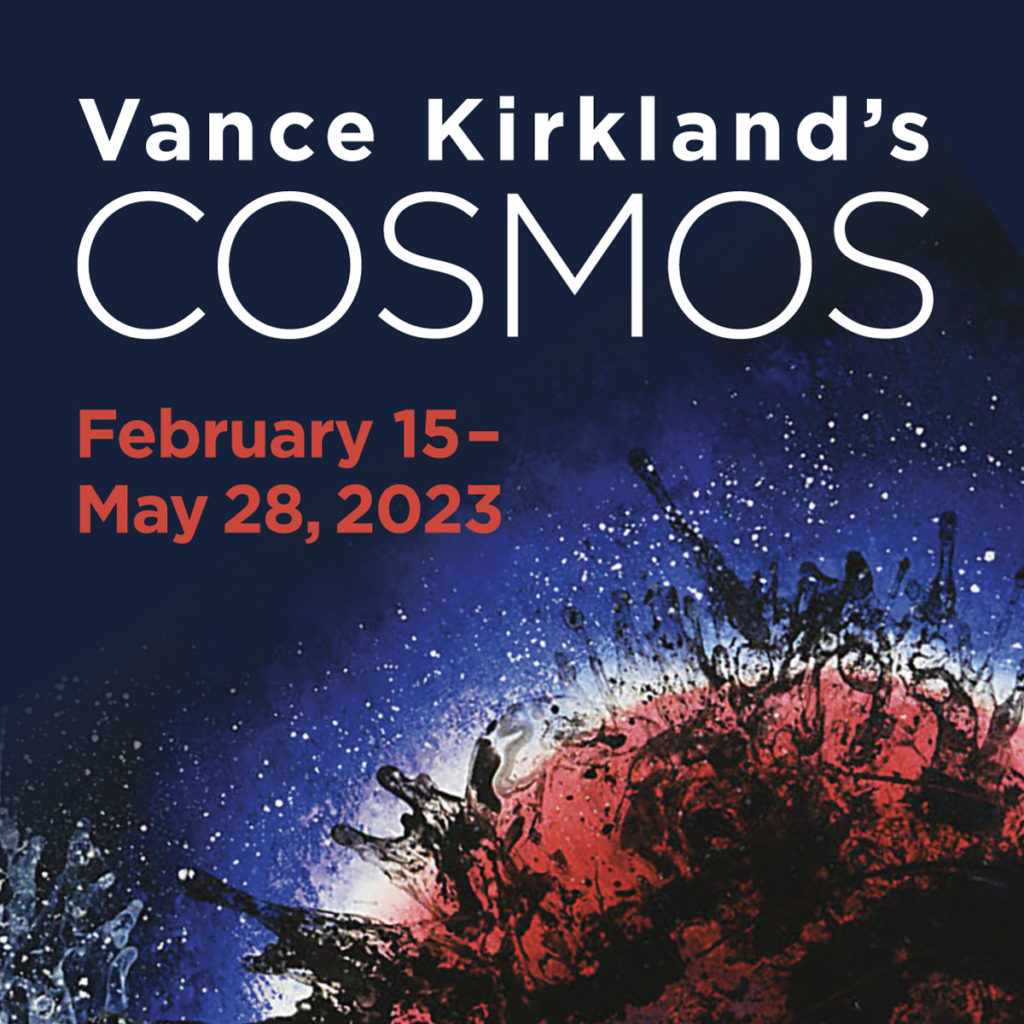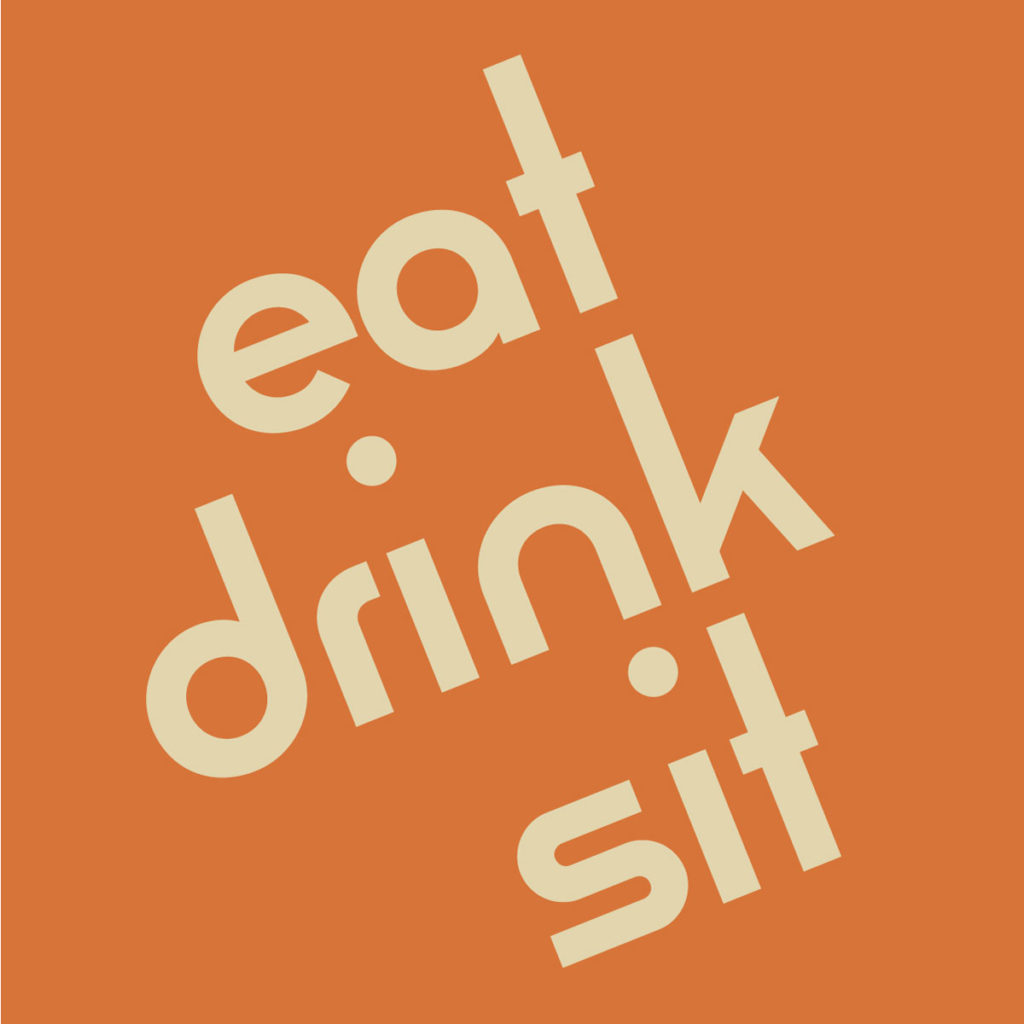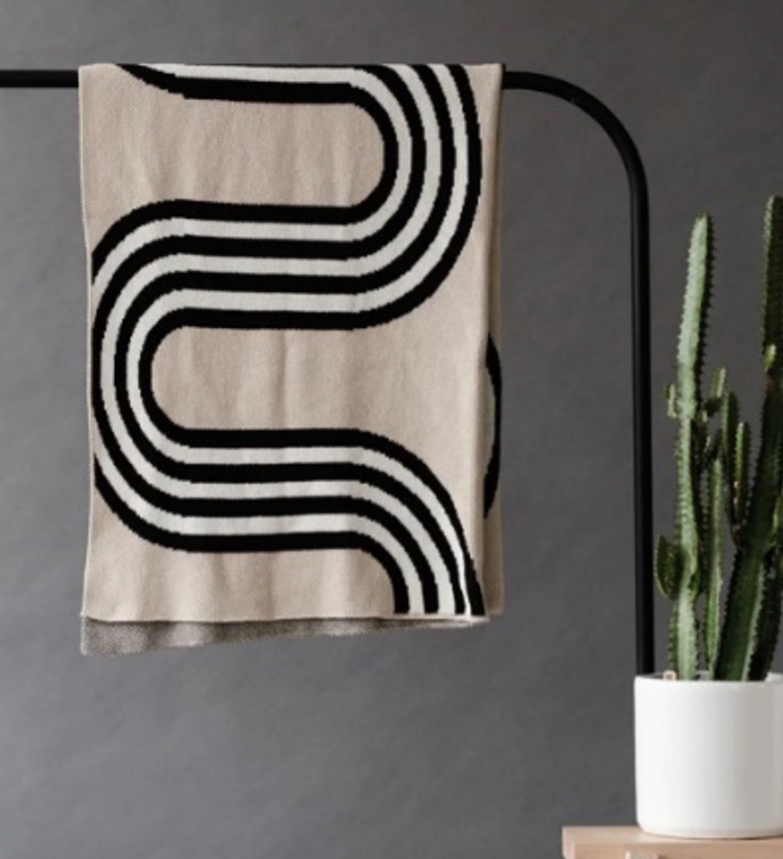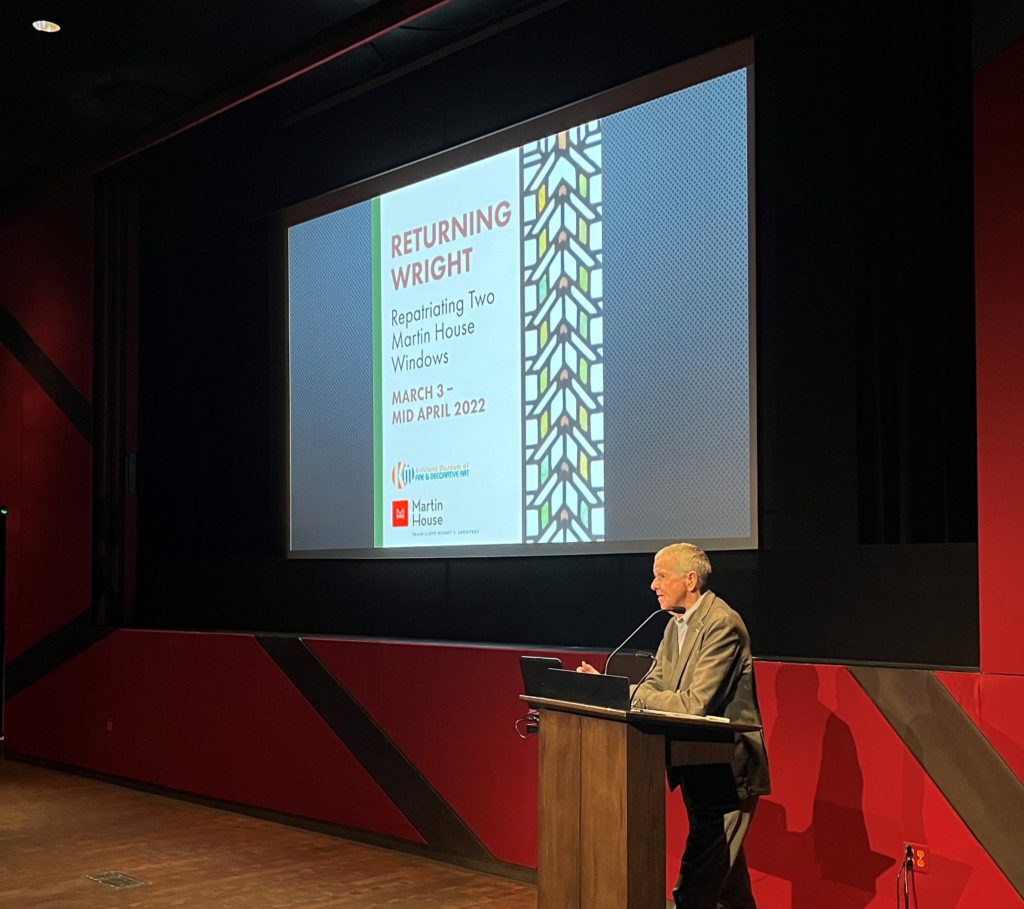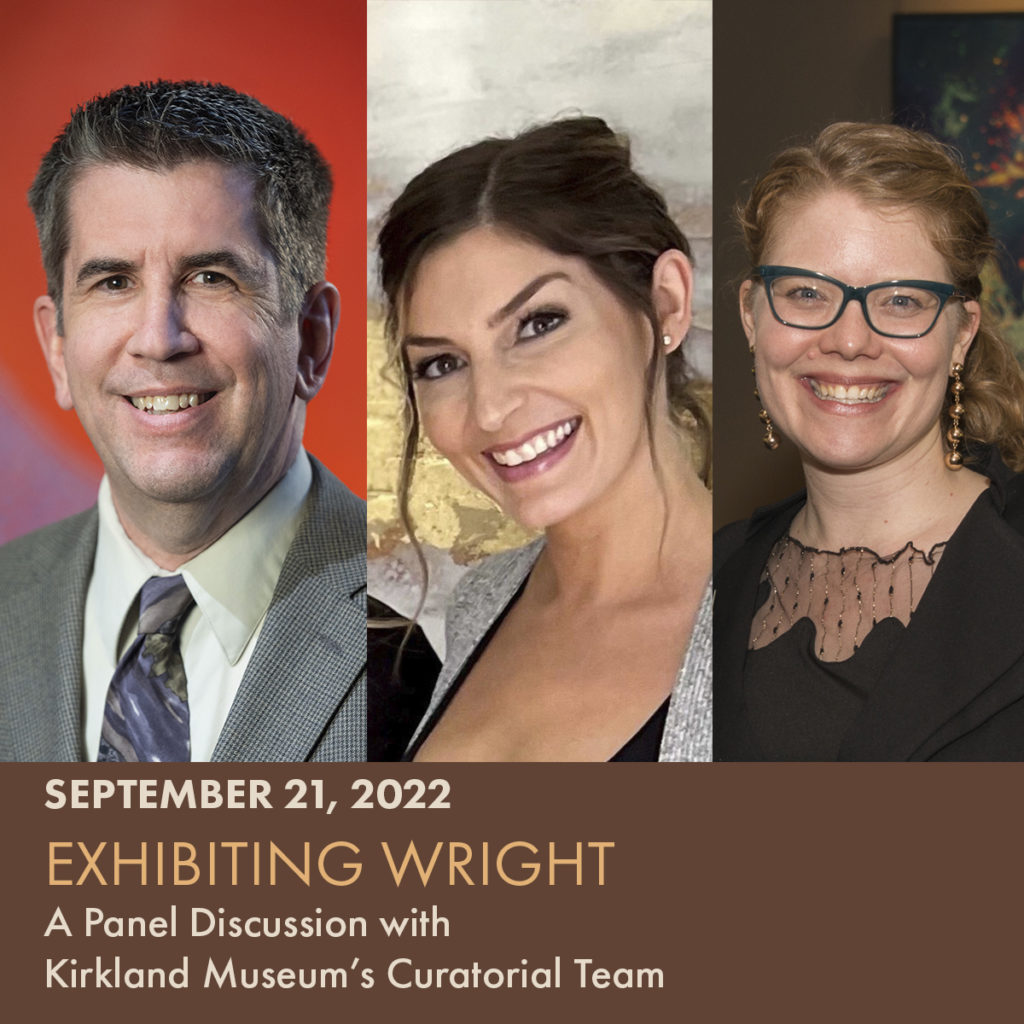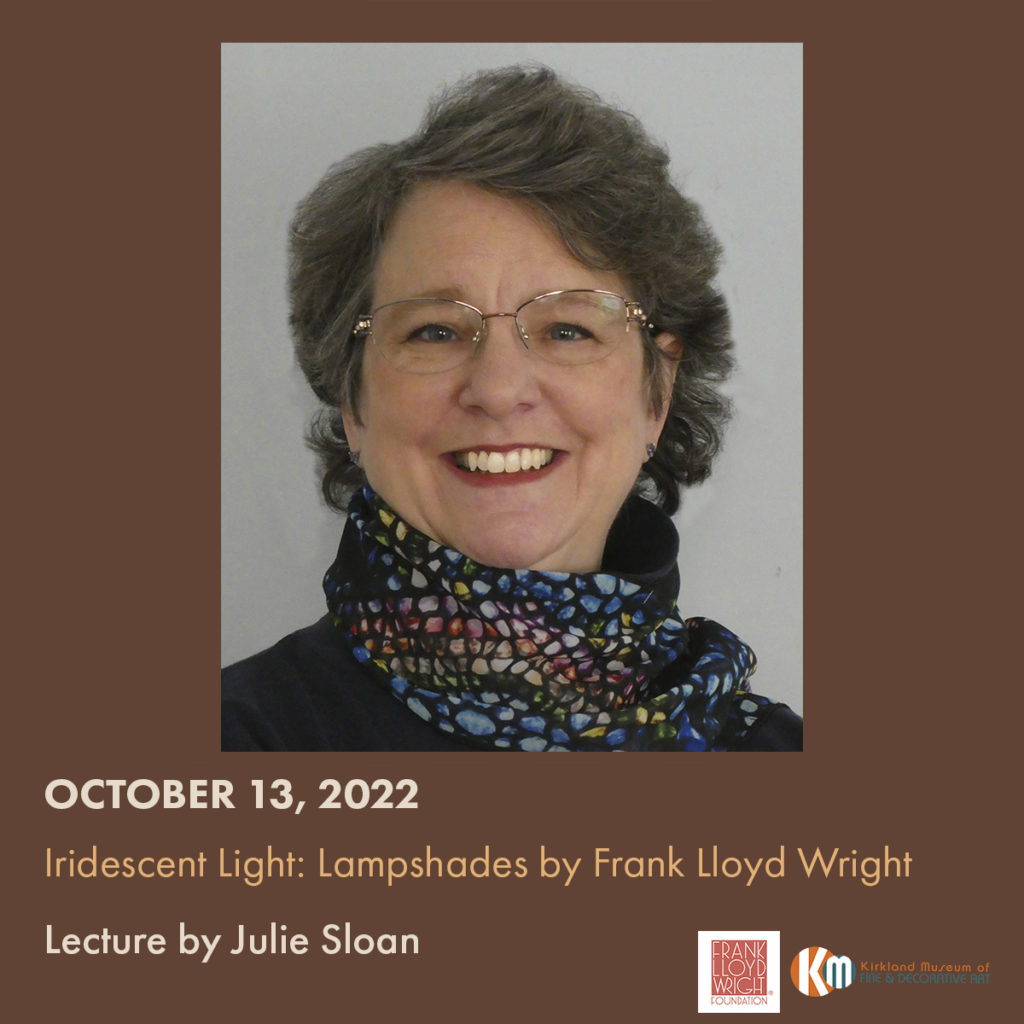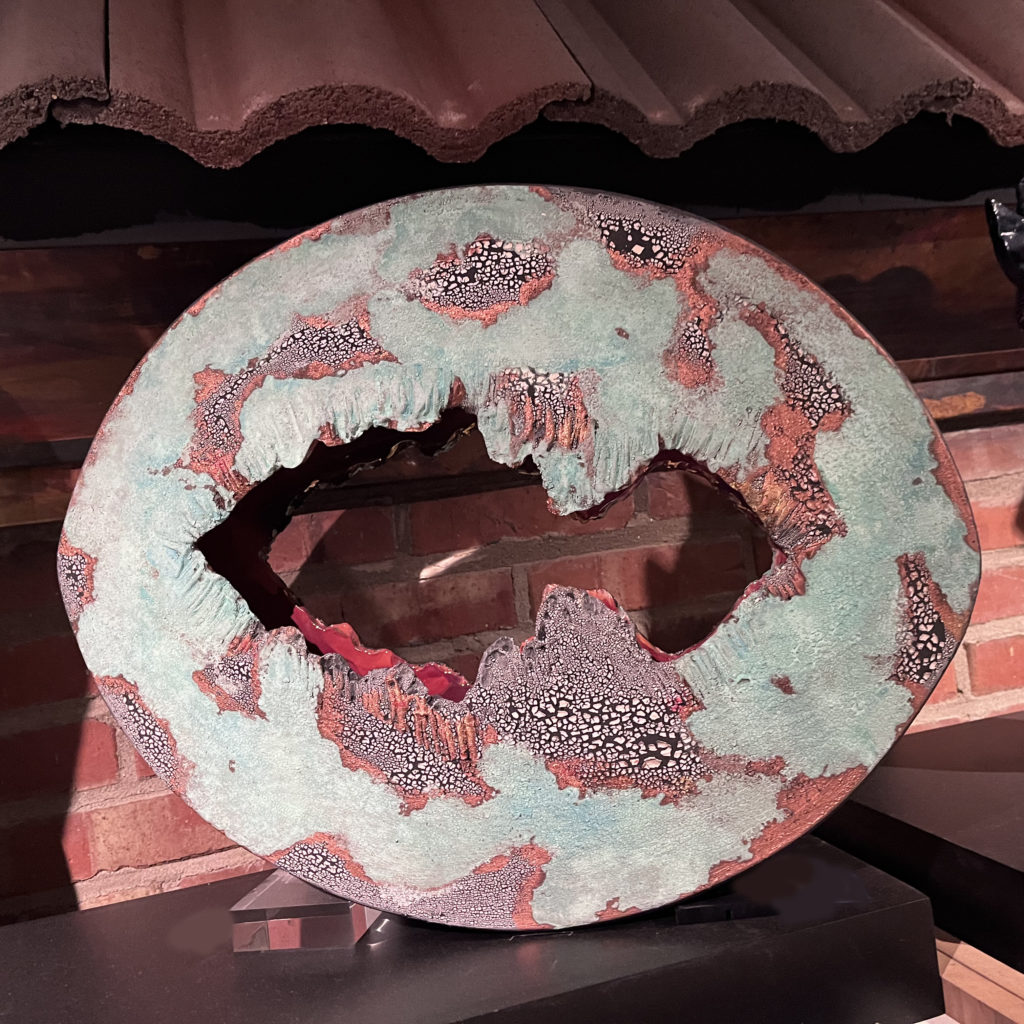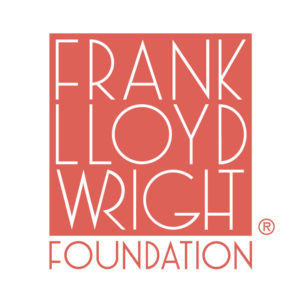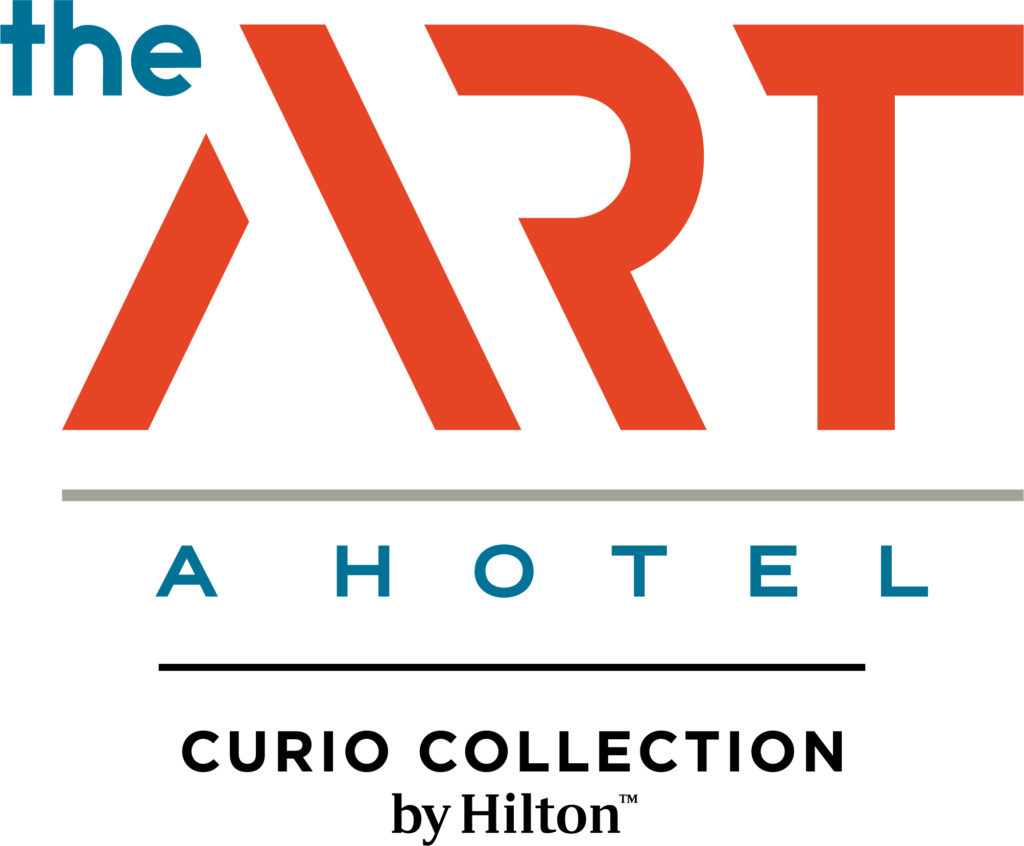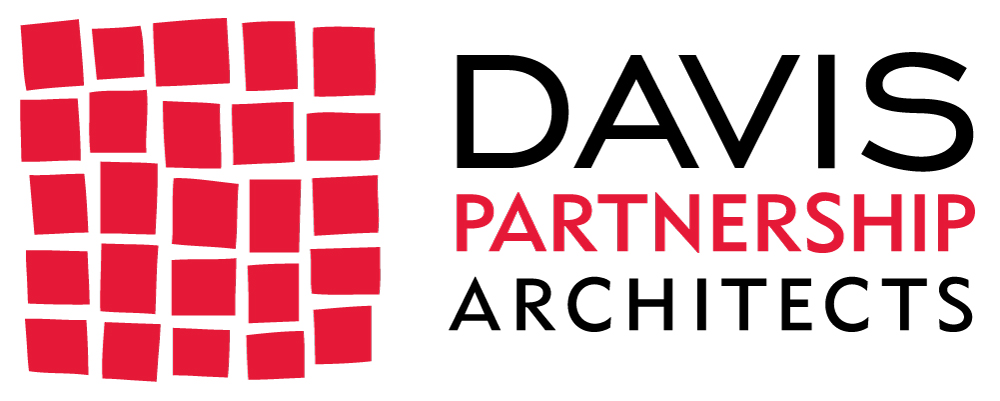In this Issue
Meet Ceramic Artist, Jutta Golas
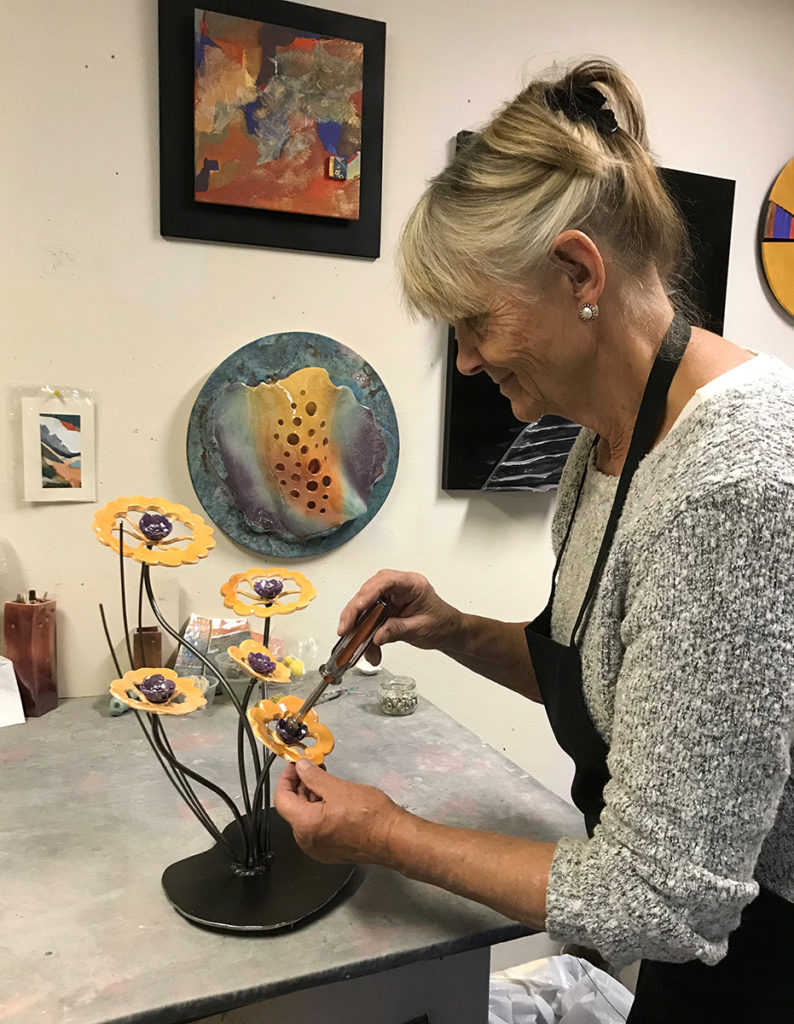
Jutta Golas has created ceramics of all shapes and sizes over her 45 years as an artist, starting with pottery and moving to wall installations and freeform sculpture. Kirkland Museum has five of Jutta’s pieces in our collection, including the ceramic sculpture Dialogue, on view in Kirkland Museum’s Colorado Ceramics Corridor. We caught up with Jutta to discuss her work, what drives her and why she also chooses to support the Kirkland as a member.
Kirkland Museum Turns 20 in 2023!
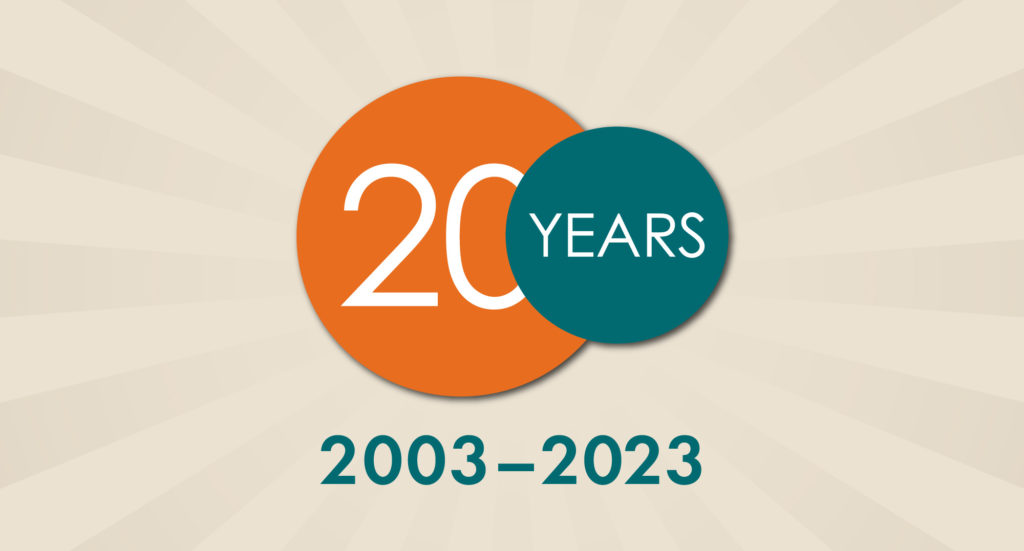
Kirkland Museum will celebrate our 20th anniversary next year. This wouldn’t be possible without members like you! To celebrate, we will spotlight all three of the Museum’s collection areas, including an exhibition of Vance Kirkland’s paintings of the cosmos, a show featuring longtime Colorado artist and educator Dave Yust and a series of interactive evenings highlighting our decorative art, “Eat, Drink, Sit.”
Kirkland Museum will host an exhibition of work by longtime Colorado artist and educator Dave Yust. The show, organized by the Birger Sandzén Memorial Gallery in Lindsborg, Kansas, will feature the artist’s most recent work and will be supplemented with historical pieces from Kirkland Museum’s permanent collection.
Enjoy an intimate evening—or three—at Kirkland Museum! Vance Kirkland once said, “If I am going to eat off of something, drink out of something, or sit in something, it is going to be great design.” Join us as we celebrate great designs by important female designers in Kirkland Museum’s International Decorative Art collection. Each object will be paired with an in-person sensory experience matching the month’s theme.
October 2023—EAT November 2023—DRINK December 2023—SIT
On View: Frank Lloyd Wright Chandelier from the Benjamin Adelman House
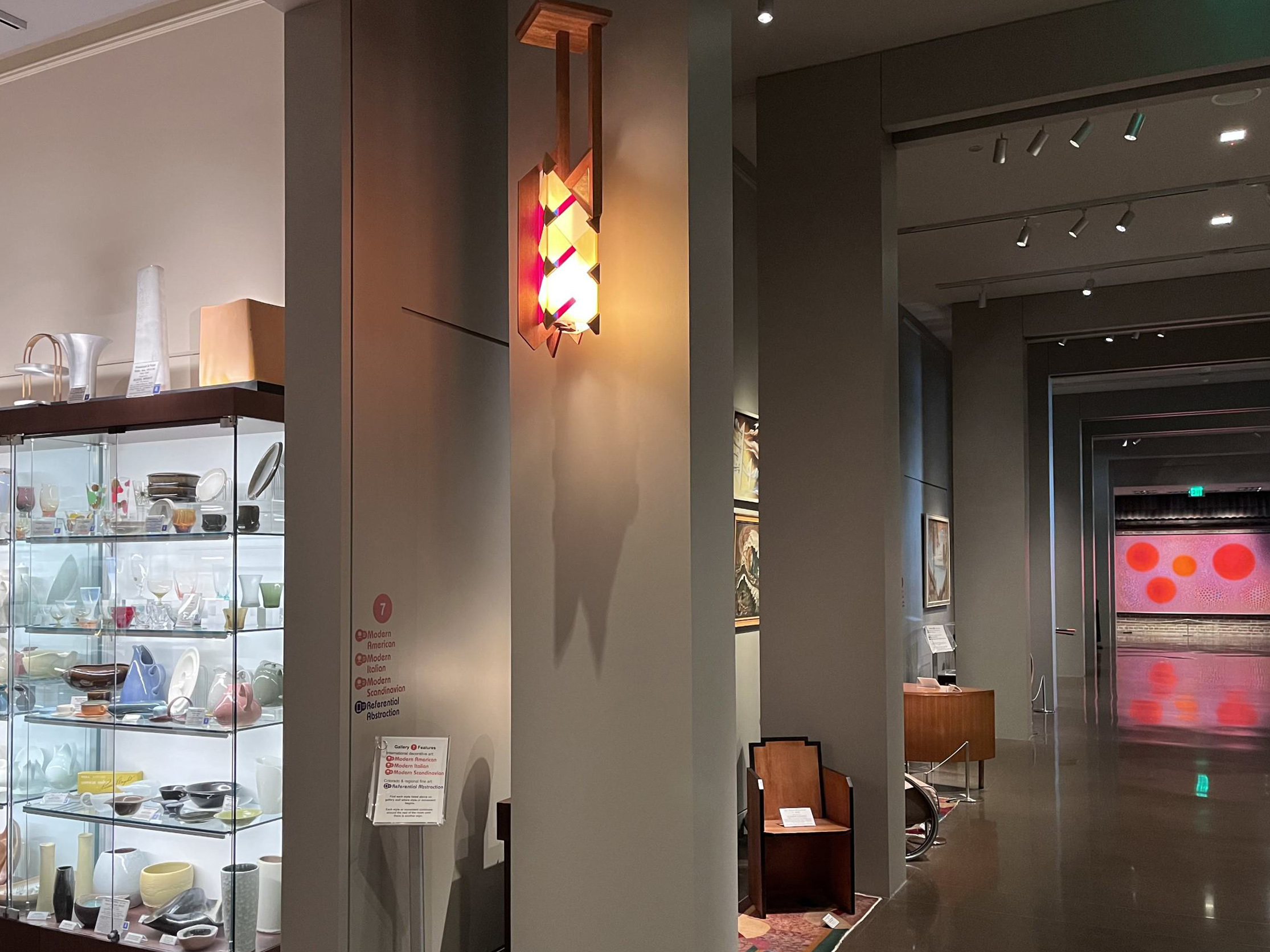
Our year celebrating the genius of Frank Lloyd Wright and our exhibition, Frank Lloyd Wright Inside the Walls, comes to a close on January 8. Don’t miss this opportunity to see how each piece of decorative art reflects Wright’s unified vision. And remember, admission for members is always free!
Although the exhibition is ending, we will continue to have wonderful examples of Wright’s design on view as well as newly displayed objects! Two new Frank Lloyd Wright pieces are now on display as of this fall: a 1901 window from the Ward R. Willits House and a c.1957 chandelier from the Benjamin Adelman House in Phoenix, Arizona.
The Benjamin Adelman House was designed 1951 by Wright (1867–1959) and built in 1953. It is the first Usonian Automatic House designed by Wright of only seven eventually constructed. As was common for Wright, he designed the furnishings for the home as well as the building. Wright’s Usonian homes were designed to be affordable to the middle class, and were intended to eventually be available for homeowners to construct themselves. The Adelman House included typical Usonian elements such as concrete block construction, concrete floors and a carport—features invented or popularized by Wright. The living room featured an original geometric wall mural above the fireplace, designed by Eugene Masselink, one of the most prolific of Wright’s Taliesin Fellows.
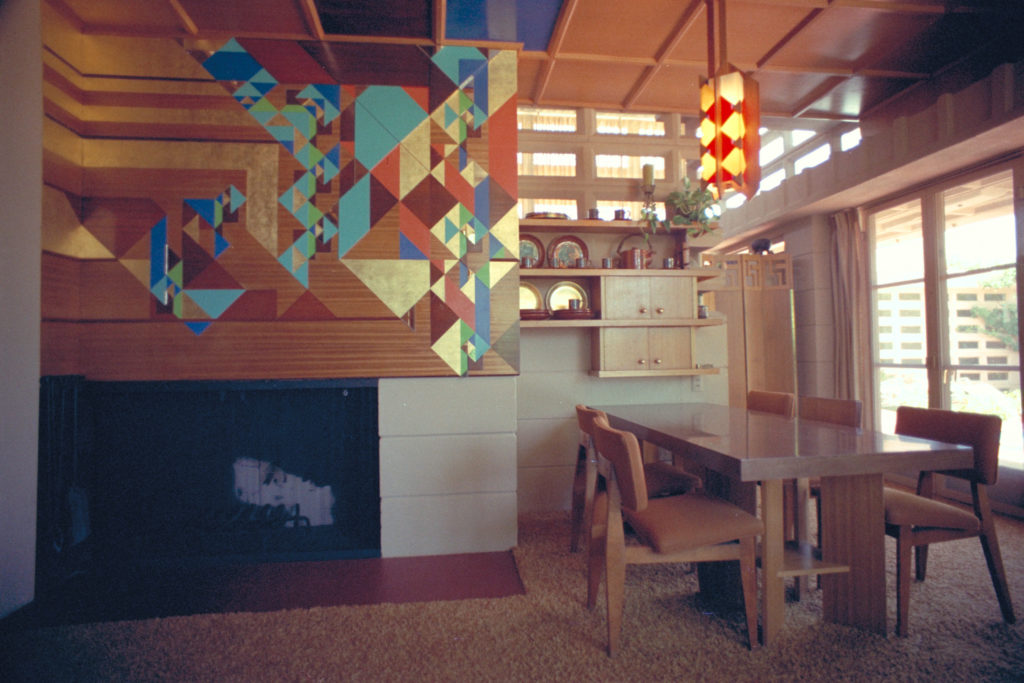
In 1957, Wright supervised a remodel and expansion of the Adelman House interior that covered the concrete block ceiling with mahogany paneling. The chandelier was probably installed at this time. The mahogany wood in the chandelier’s frame matched the interior paneling and kitchen cabinets, while the geometric shapes of the light shade refer to Masselink’s nearby mural. The form of the chandelier is reminiscent of Wright’s Price Tower, which he designed and built around the same time.
The use of plastic materials in this light fixture calls to mind the prototype-nature of the house. Wright enjoyed experimenting with new materials. Had he lived longer, he likely would have fully embraced plastics, especially for his Usonian projects.
We received permission to share this photograph of a drawing of the chandelier from the Frank Lloyd Wright Archives, exclusively for you, our members!
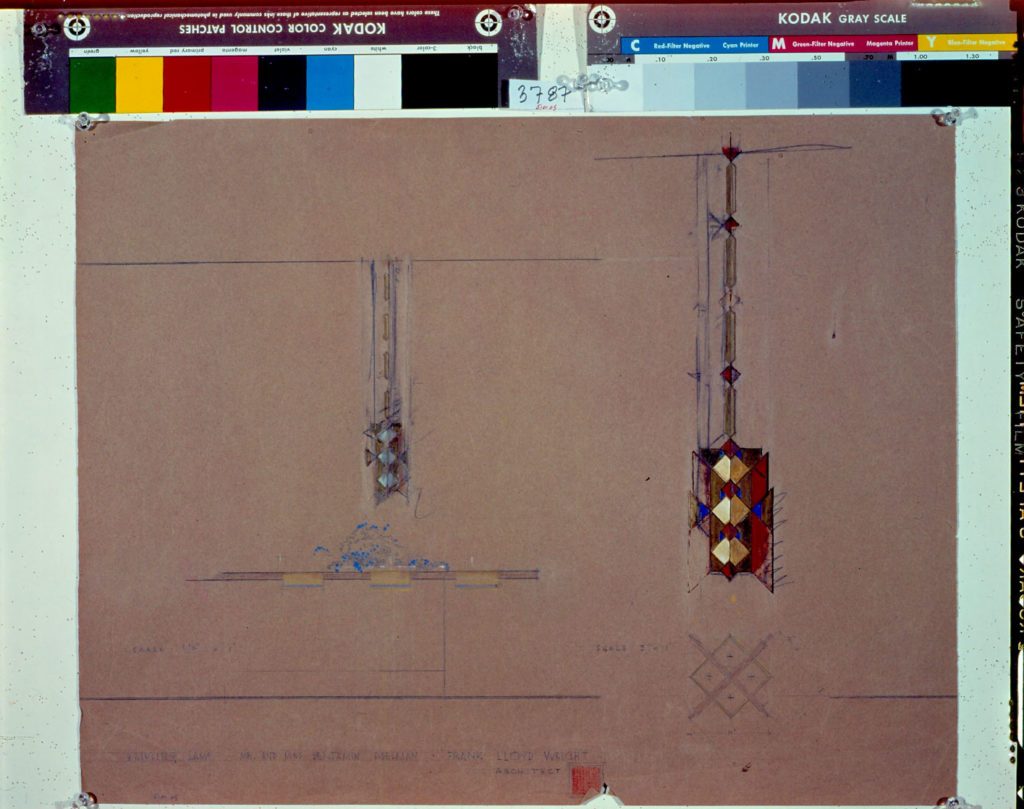
Copyright © 2022 Frank Lloyd Wright Foundation, Scottsdale, AZ. All rights reserved.
The Frank Lloyd Wright Foundation Archives (The Museum of Modern Art | Avery Architectural & Fine Arts Library, Columbia University, New York)
We are pleased to now have the chandelier at Kirkland Museum, where it joins more than 120 Frank Lloyd Wright decorative art objects in the permanent collection assembled by Kirkland Museum founders Hugh Grant and Merle Chambers.
What Else is New on View?
In addition to these new Wright pieces, Mr. Grant continues to enhance and refine Kirkland Museum’s collection through new displays, including a new vignette featuring this Rex Ray rug in Postmodern Gallery 8, completed this week!
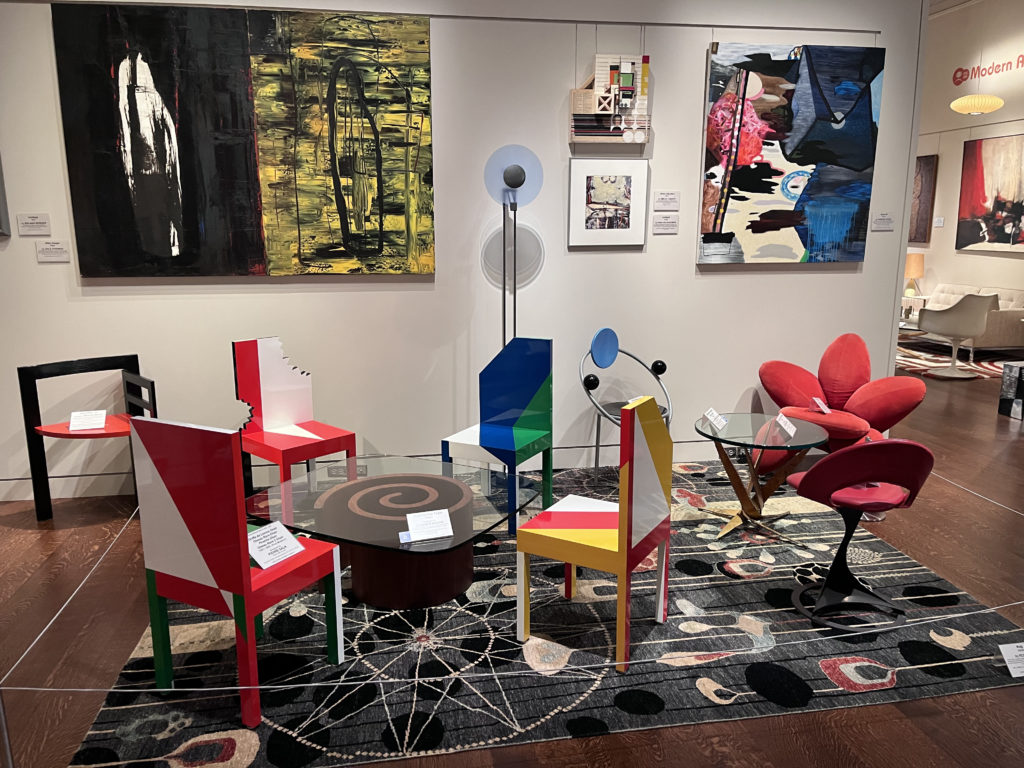
What’s In Store? Get Cozy with Happy Habitat
It’s blanket season and we love our Kansas-based Happy Habitat blankets. From a woman-owned and eco-conscious business, all patterns are designed by Karrie Dean and come in a soft, upcycled cotton blend. Dean took inspiration from a wall hanging in her childhood home for the 78th Street blanket. This modern throw adds a simple graphic punch to your space. Neutral, but never boring. Machine washable, it’s pet and kid friendly, too!
We hope to see you soon in the Museum Store, where members like you always receive 10% off!
Education & Events
Recent lectures with Frank Lloyd Wright experts available for purchase.
Hear how Kirkland Museum staff put together the Frank Lloyd Wright Inside the Walls exhibition. From choosing the theme to finding historic photographs, researching the objects and designing each vignette, get behind-the-scenes insights from Deputy Curator Christopher Herron, Curatorial Associate Becca Goodrum and Director of Interpretation Maya Wright.
Members: $12, General Public: $15
Sloan discusses Wright’s windows and lampshades, including Kirkland Museum’s lamp made from two pieces of art glass designed by Wright, featured in our Frank Lloyd Wright Inside the Walls exhibition, on view through January 8, 2023.
Members: $25, General Public: $35
A link to the recording will be emailed to you after payment. For more information, email [email protected].
Host Your Next Event at Kirkland Museum!
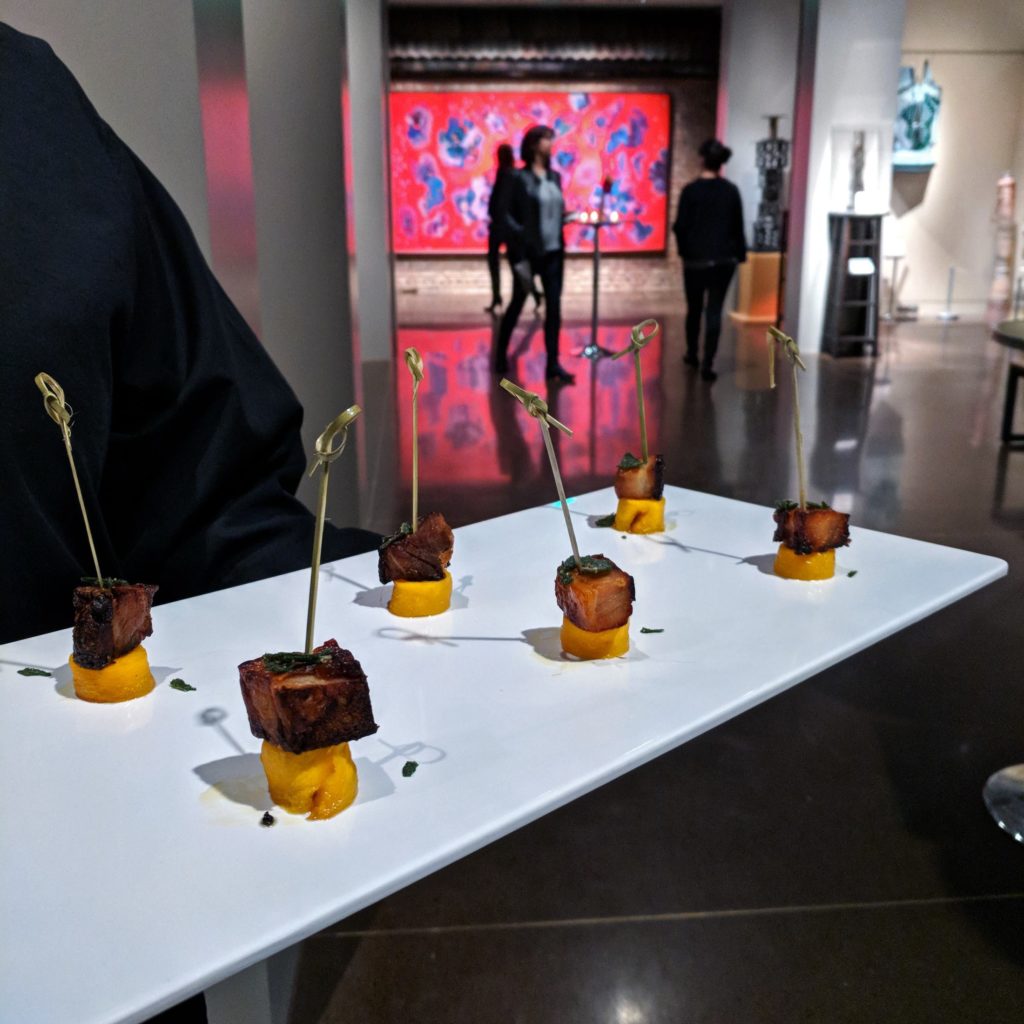
Kirkland Museum is pleased to announce the opportunity to rent out the Museum for your next event in a beautiful and unique space that will delight your guests! Explore Colorado’s exquisite artistry, enjoy the midcentury modern aesthetic and experience Vance Kirkland’s studio firsthand. Your soiree could include refreshments from partnering caterers in our art-filled foyer and exclusive access to all Kirkland Museum galleries. Start your party planning by emailing [email protected].
Kirkland Museum will be closed
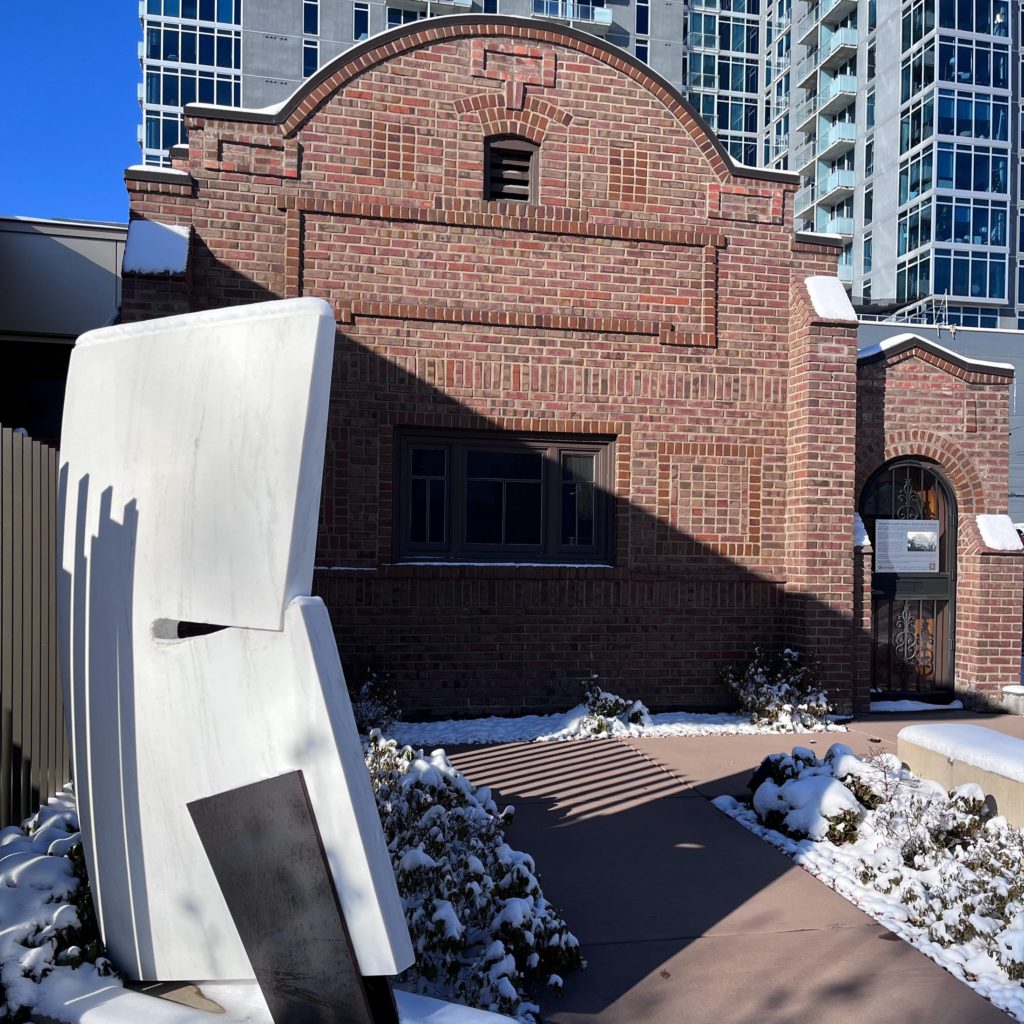
- Saturday, December 24
- Sunday, December 25
- Monday, December 26
- Closing early on Saturday, December 31 (Open 11am to 3pm)
- Sunday, January 1
- Monday, January 2
Please enjoy a respite of beauty and reflection during the holidays through December 23 and December 27-31 or in the new year before Frank Lloyd Wright Inside the Walls closes on January 8!
Meet Ceramic Artist, Jutta Golas
Full Story
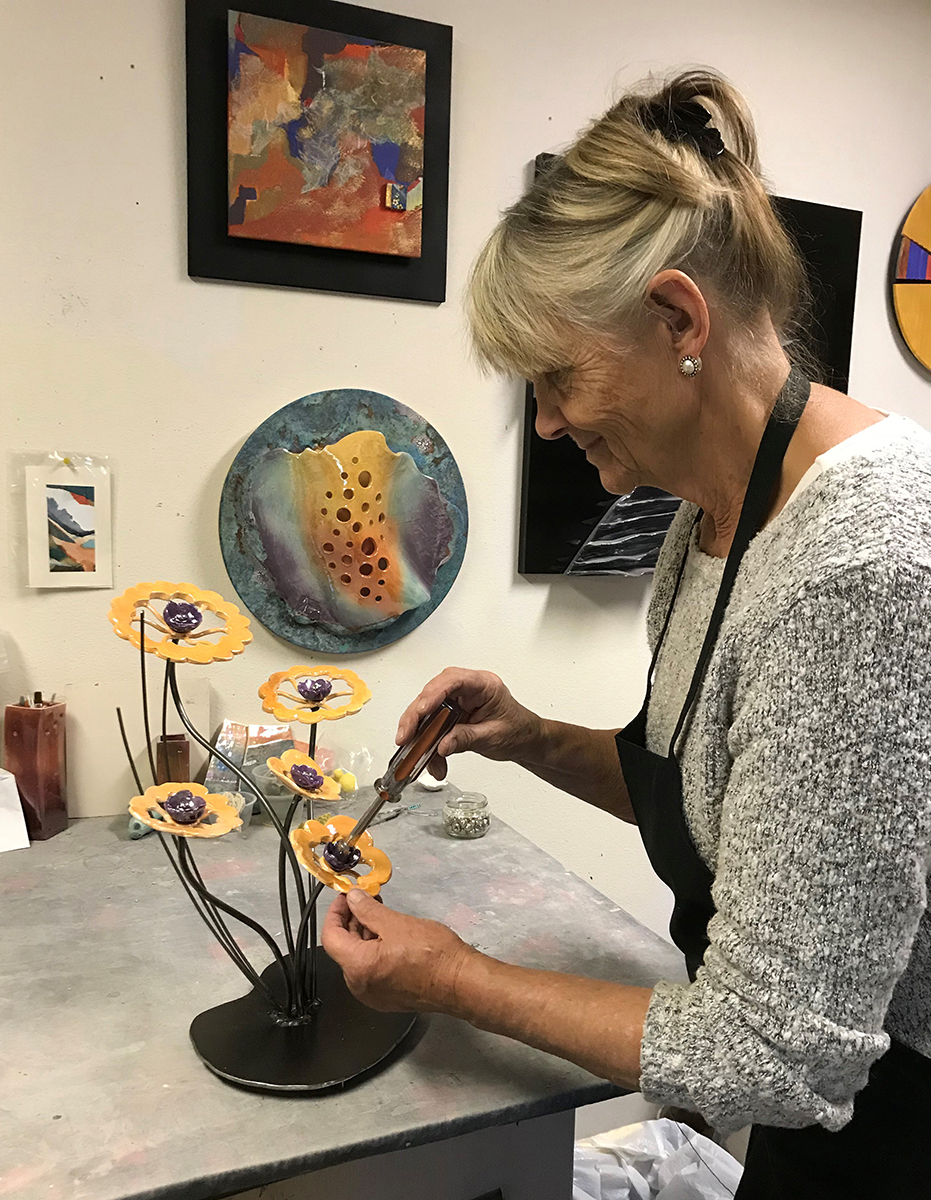
Jutta Golas has created ceramics of all shapes and sizes over her 45 years as an artist, starting with pottery and moving to wall installations and freeform sculpture. Kirkland Museum has five of Jutta’s pieces in our collection, including the ceramic sculpture Dialogue, on view in Kirkland Museum’s Colorado Ceramics Corridor. We caught up with Jutta to discuss her work, what drives her and why she also chooses to support the Kirkland as a member.
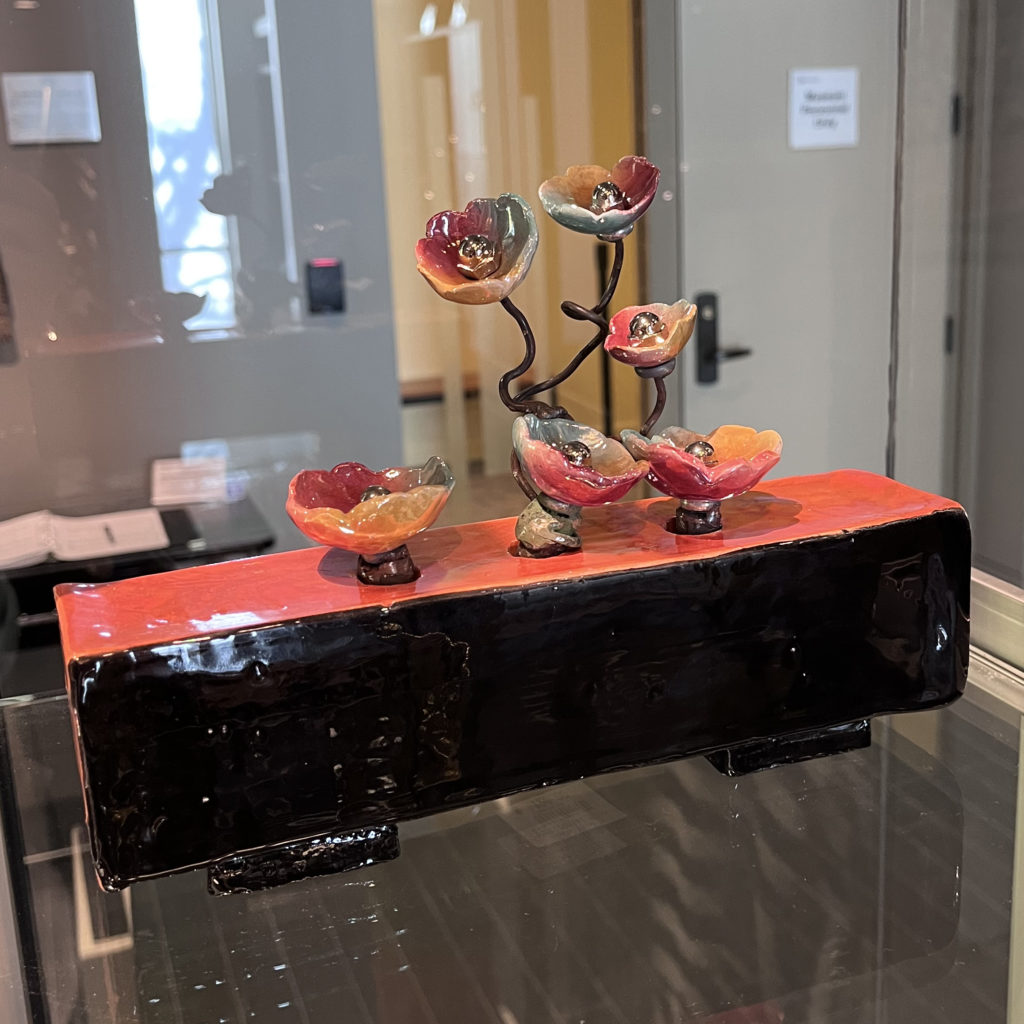
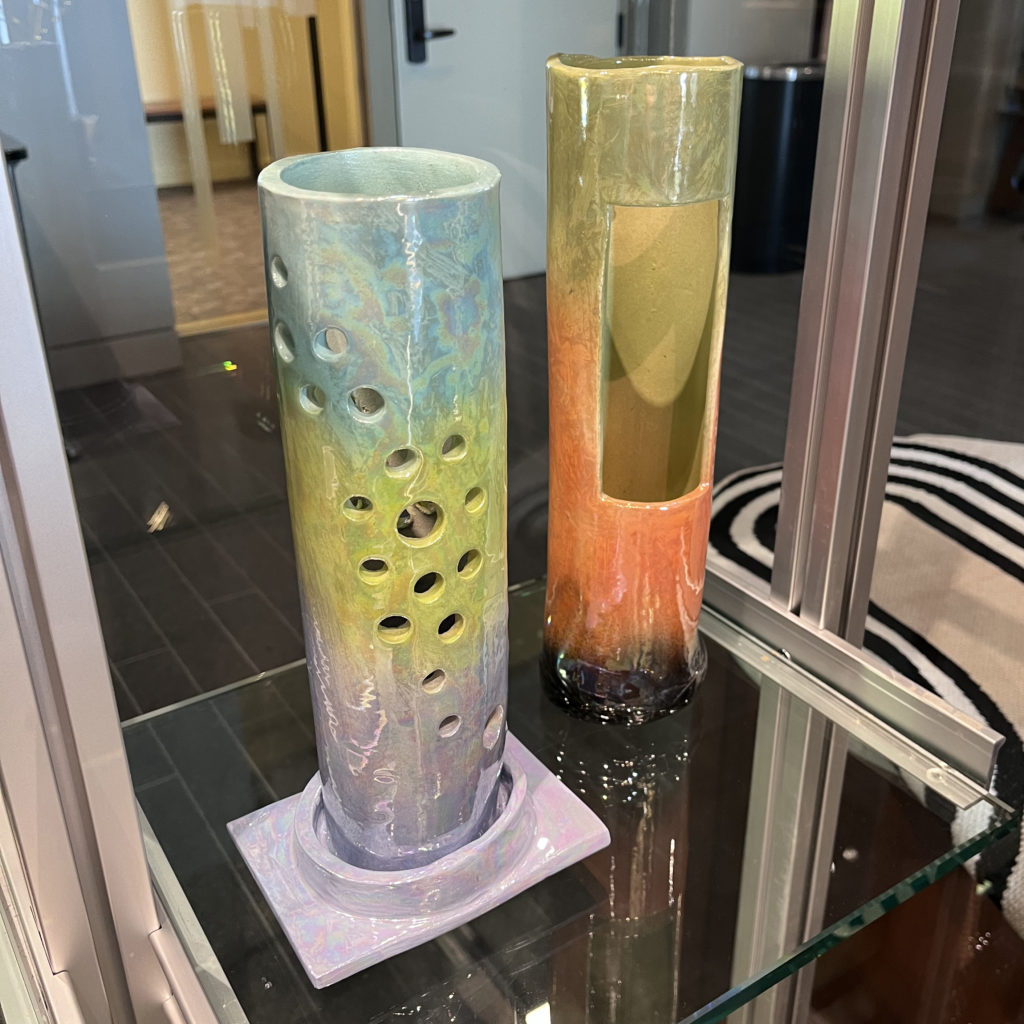
Jutta’s work for sale in the Museum Store
Kirkland Museum: Tell us what sparked your passion for ceramics.
Jutta Golas: It’s such a wonderful story that everybody asks me to please write a book. I married Peter (Golas) in 1967; immediately we went to Japan.
We came to Kyoto and a couple of months later, this company, which is called Shimpo, contacted me. They manufacture potters’ wheels and they asked me to do a translation from French into English, which I completed. They asked if I would like to come see the facilities. There was this big room of potters’ wheels and a young woman. She was very friendly, and she motioned to sit down at the wheel. I had high heels on and red fingernails. I sat down, and she showed me how it moves and I put my hands on. It worked, it felt good and I actually made a pot! The whole process intrigued me so much that I came home and said, “Peter, I have to go back there.” They said, you can come back at any time, so for six months every Saturday I went back to make pots in this company. And, of course, then I had to buy a wheel, and the rest is history.
It was very difficult in Japan to find somebody with whom I could study – that wasn’t done; this was 1967. After five years we came to Denver – Peter got a position at the University of Denver. I started potting like crazy. I very quickly managed to build a little studio in my backyard and a kiln. I met a woman whose husband had a restaurant in Denver. He wanted to have a shrimp bowl and sugar and creamer bowls, and a candle holder, and it morphed into hundreds and hundreds of these bowls because he had five different restaurants all over the United States.
I always say to people, I paid my dues. For 15 years, I was a functional, prolific potter. And then we moved to a different location and I had to give up my wonderful, outdoor gas kiln. I decided I’m going to change because an electric kiln could not reproduce the beautiful colors I had achieved through high-fire stoneware firings and glazes. In my new studio, I did only freeform, because I decided that my pottery looked so anemic when done in an electric kiln. In the next show, I put a few of my freeform sculptures – not very sophisticated. People kept asking, where are your mugs, where are your wine goblets? I decided, I have to completely stop that and do only freeform.
I have been very, very lucky because clay (sculpture) for the wall was not that common. Since then, lots of people wanted clay for the wall, and I did huge installations. My wall pieces are constructed in modules, so one module overlaps the other. The biggest sculpture I have made was 24 feet wide. You couldn’t tell that it wasn’t all one piece because the clay would overlap. That was very difficult because you have to figure out how to fasten it.
KM: What inspires your work – and what do you hope people take away from experiencing it?
JG: What I’m inspired by is nature.
My undulated forms were inspired by cloud formations when I was playing tennis with my husband.
One day my husband and I walked in Aspen along Hunter Creek. It is so beautiful. There are rocks in the creek all the way up, and one rock is smoother and nicer than the other. I said, I have to make rocks, I have to make spheres! Eventually I found out how to make spheres; I draped clay over a tennis ball. I have put spheres everywhere.
KM: What’s your creative process like?
JG: I’m totally self-taught. I never went to a university to take a class. I went to some workshops, but I experimented. Everything was experimentation, and I still experiment today.
I have ideas all the time. There may be an interesting tree or a crack in the road. I am constantly looking and thinking, what could I do there, what color would be nice with that? I don’t use the potter’s wheel anymore. Most of my work is done with a slab roller, where you put the clay on and you roll it and you get a sheet of clay. Then, you take this sheet and you mold it into undulated shapes.
What amazes me is how everything evolved over 45 years. When I look at all the different things I have made, it amazes me. I never stop, and the last chapter is not written yet.
KM: What are you working on now/what’s next for you?
JG: I have never stopped working.
There is a small show now (at D’art Gallery until Dec. 24), and in February I will have a two-person gallery show with a photographer from Colorado Springs, Seth Mayer.
If you’re always working, one thing leads to another. I think the creative process thrives on being used, constantly. Not everything gets realized, but in the end I’ve tried.
In Italy (for the Biennial), I saw so many butterflies. I must tell you, I have butterflies on my mind. Everywhere I look, I see butterflies. I will be making a sculpture with butterflies. I am thinking of a big wall piece with butterflies.
KM: Tell us about your piece that’s on display at the Kirkland – Dialogue.
JG: I made this boat shape – I sold a bunch of those to a Chinese hotel. I had just fired two pieces; I thought, let’s see what happens, so I put one piece on top of the other. I thought, wow, look at that. I loved the opening. So my next project was to make that piece that Kirkland has in the collection.
Often, when I have things sitting around the studio and I need the space, I put one thing on top of another. If you are open to it, inspiration is always there.
KM: You also have items available in the Museum Store. Tell us about what items of yours are available.
JG: I have tried to make smaller things that are appropriate for Kirkland’s gift store. I have wall vases, bowls that I call “fragility of life bowls” because they are very, very fragile. They were inspired by a little bird’s nest that I discovered in a most precarious situation on a ranch. I was so touched – there were three little eggs in there. When I returned, I made a little nest.
KM: You’re also a member. Why do you choose to support the Kirkland Museum?
JG: I love the Kirkland, I love the enormous variety that the museum has, and I support it whenever I can. It’s probably my favorite museum.
This interview has been condensed for clarity and space.
A Final Thank You to our 2022 Frank Lloyd Wright Sponsors
Creative Support Provided By:
Interested in 2023 sponsorship opportunities? To start the conversation contact: [email protected].

